Major New Academic, Residence Facilities Opening At State University Campuses
/Years in the making, a number of major new facilities are in the midst of coming on line at Connecticut's four state universities - Central, Eastern, Southern and Western - that are part of the Connecticut State Colleges & Universities (CSCU) system administered by the Board of Regents for Higher Education. The facilities include a library, residence hall, classroom building, performing arts instructional centers, and a science and laboratory building, among other new and renovated facilities.
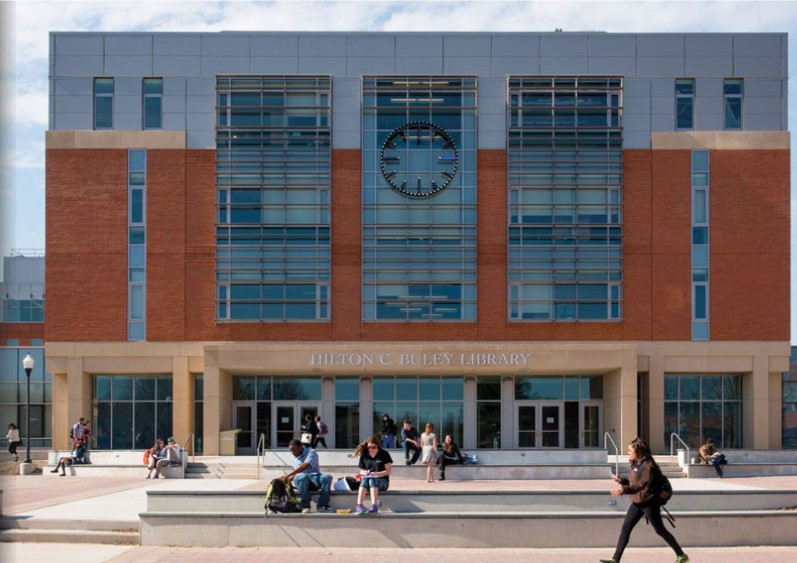 At Southern Connecticut State University in New Haven, students now have a first-rate, 21st century library in which to study, conduct research and meet with their friends and classmates, the university announced this week. A ribbon-cutting ceremony to mark the opening of the “new” Buley Library was held April 20. The event marked the completion of the $31 million project that renovated the original wing of the building. A 12,000-square-foot area that will serve as an atrium has been added to the older 98,000-square-foot wing as part of the project. When combined with the 135,000-square-foot addition that was completed in 2008, the library now encompasses 245,000 square feet.
At Southern Connecticut State University in New Haven, students now have a first-rate, 21st century library in which to study, conduct research and meet with their friends and classmates, the university announced this week. A ribbon-cutting ceremony to mark the opening of the “new” Buley Library was held April 20. The event marked the completion of the $31 million project that renovated the original wing of the building. A 12,000-square-foot area that will serve as an atrium has been added to the older 98,000-square-foot wing as part of the project. When combined with the 135,000-square-foot addition that was completed in 2008, the library now encompasses 245,000 square feet.
“This truly is an exciting and energizing time for Southern because we are gaining the physical resources to prepare our students for success in the 21st century knowledge-based economy,” said SCSU President Mary A. Papazian. “The students already have claimed this library as their own.”
Among the other amenities in the four-story complex is a “learning commons”-- an area on the first floor that includes a computer lab, lounge seating, email stations, a reference help desk and an IT help desk. The library houses space for media collections and special collections, on the ground floor. Three classrooms, two computer teaching labs, a seminar room and a conference room also are part of the new Buley. In addition, a cyber café and a Student Success Center that includes tutoring rooms, a computer lab and conference space are scheduled to open in the fall.
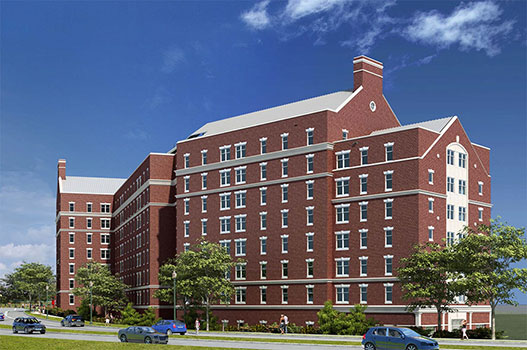 At Central Connecticut State University in New Britain, there is a Fall 2015 target date for completion of a new on-campus residence hall and food services dining facility. That will follow by just two years the opening of a major new classroom building on the CCSU campus. The four-story academic building houses classes and faculty offices for the sociology, history, anthropology, geography and political science departments, according to university officials. It includes 17 classrooms, five seminar rooms, seven labs and 71 offices for faculty and administrators. Now completing construction at the corner of Harold Lewis Drive and Ella Grasso Boulevard, the new $82.3 million, eight-story 220,000 square foot residence hall "will keep CCSU in the vanguard of higher education in operations and facilities," points out CCSU President Jack Miller, noting its ideal fit into the university's strategic plan for the recruitment and retention of new students.
At Central Connecticut State University in New Britain, there is a Fall 2015 target date for completion of a new on-campus residence hall and food services dining facility. That will follow by just two years the opening of a major new classroom building on the CCSU campus. The four-story academic building houses classes and faculty offices for the sociology, history, anthropology, geography and political science departments, according to university officials. It includes 17 classrooms, five seminar rooms, seven labs and 71 offices for faculty and administrators. Now completing construction at the corner of Harold Lewis Drive and Ella Grasso Boulevard, the new $82.3 million, eight-story 220,000 square foot residence hall "will keep CCSU in the vanguard of higher education in operations and facilities," points out CCSU President Jack Miller, noting its ideal fit into the university's strategic plan for the recruitment and retention of new students.
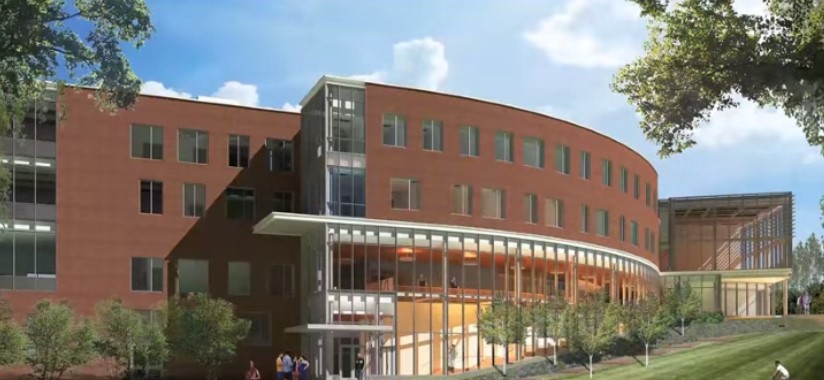 Opening this fall on the campus of Eastern Connecticut State University in Willimantic is a Fine Arts Instructional Center - a 118,000 square foot building that will contain three main performance venues; an auditorium; a procenium theater and a black box theater. In addition to the performance spaces there will be instructional labs and other spaces in support of the Performing Arts Department. There will be design studios for the Visual Arts Department including Printmaking, Sculpture, Painting and Drawing. The building will also have three general purpose classrooms and a gallery. Construction has been underway for the past two years.
Opening this fall on the campus of Eastern Connecticut State University in Willimantic is a Fine Arts Instructional Center - a 118,000 square foot building that will contain three main performance venues; an auditorium; a procenium theater and a black box theater. In addition to the performance spaces there will be instructional labs and other spaces in support of the Performing Arts Department. There will be design studios for the Visual Arts Department including Printmaking, Sculpture, Painting and Drawing. The building will also have three general purpose classrooms and a gallery. Construction has been underway for the past two years.
The new residence hall at CCSU will be the school’s tenth, and the largest on any of the four Connecticut state university campuses, according to CCSU officials. Features include over 600 beds, a 2,000 square foot fitness facility, a kitchenette on each floor, a large kitchen and living room on the main floor, and will house approximately 150 suite-style rooms, each with a living room and bathroom shared by four students. Each floor will also have a computer room, a game room and group study rooms and alcoves for one-on-one studying and socializing. Construction is also scheduled to begin soon on a new food services dining facility located near the north end of campus near the existing residence halls. The planned $10.3 million, 22,000 square ft. food services dining facility will include areas for food preparation, serving, and accommodate dining for approximately 1,200 residents.
Renovations are also underway at Willard and DiLoreto Halls at CCSU, among the oldest academic buildings on campus. The $61,085,000 project calls for both of the academic buildings to be completely renovated, including the development of a new main entrance with elevators, bathroom facilities, and additional offices and classroom space, along with new heating, ventilation and air conditioning systems, with the interiors of the buildings also receiving enhanced lighting, computer technology and classroom/office upgrades.
Last September, Western Connecticut State University opened its new Visual and Performing Arts Center. Students, faculty and staff were on hand to “put the building through its paces” in a multitude of spaces, including the Concert Hall, Studio Theatre, Art Gallery, Painting Studio, Recording Studio, Scene Shop, Dressing Rooms, Sculpture Studio, and M.F.A. Studios. Since the gala opening, the new facility has enhanced the artistic and academic experience for students, faculty, staff and patrons - and received positive notice in regional and national publications.
At 130,000 square feet, this uniquely designed facility is divided into three distinct wings: Theatre Arts, Music and Visual Arts, all connecting together. Students taking courses in the art wing benefit from light shining through double-height, northern-exposed windows in the spacious painting and sculpture studios. They work in photography and graphic design studios equipped with both the latest computer technology and the legacy technology of traditional film development.Two theater rehearsal studios, both equipped with audio/visual technology and sprung dance floors complement the university’s increasingly popular musical theater program. Dressing rooms, practice rooms and individual Master of Fine Arts in Visual Arts studios are all incorporated into the spaces, designed for students so they may experience a professional-quality arts education.
 The next major opening among the CSCU institutions will likely be a Science and Laboratory Building at Southern Connecticut, due later this year. Southern's ongoing expansion of its science programs will be greatly enhanced with the construction of a 103,608-square-foot, four-level academic and laboratory science building. Situated adjacent to Jennings Hall, the current home for the sciences, the new building will enhance the ongoing expansion of Southern’s science programs and the university’s capacity to educate more students in the STEM disciplines – science, technology, engineering and mathematics.
The next major opening among the CSCU institutions will likely be a Science and Laboratory Building at Southern Connecticut, due later this year. Southern's ongoing expansion of its science programs will be greatly enhanced with the construction of a 103,608-square-foot, four-level academic and laboratory science building. Situated adjacent to Jennings Hall, the current home for the sciences, the new building will enhance the ongoing expansion of Southern’s science programs and the university’s capacity to educate more students in the STEM disciplines – science, technology, engineering and mathematics.
According to Southern's website description, the building will be configured in the shape of an “L,” the new building will work in concert with two pre-existing science buildings — Jennings and Morrill halls — to enclose a new “science enclave.” Bedecked with scientific displays and instrumentation visible from within and outside the building, the new center will house teaching and research training laboratories for nanotechnology, physics and optics, the earth sciences, the environmental sciences, cancer research, astronomy, molecular biology and chemistry. The building’s two wings will be connected at each of its four floors by an alluring connector windowed along its southern exposure and encircling the newly formed science enclave outside. It is along the glass-enclosed path that built-in displays of optical phenomena, the natural environment, nanotechnology, geological formations, biological specimens, and astronomical observations will be interspersed among sun-filled lounges, all to advance interaction among the different scientific disciplines housed within.
https://youtu.be/Gb-22XsNVGg
https://youtu.be/irCxZNZk9Rg



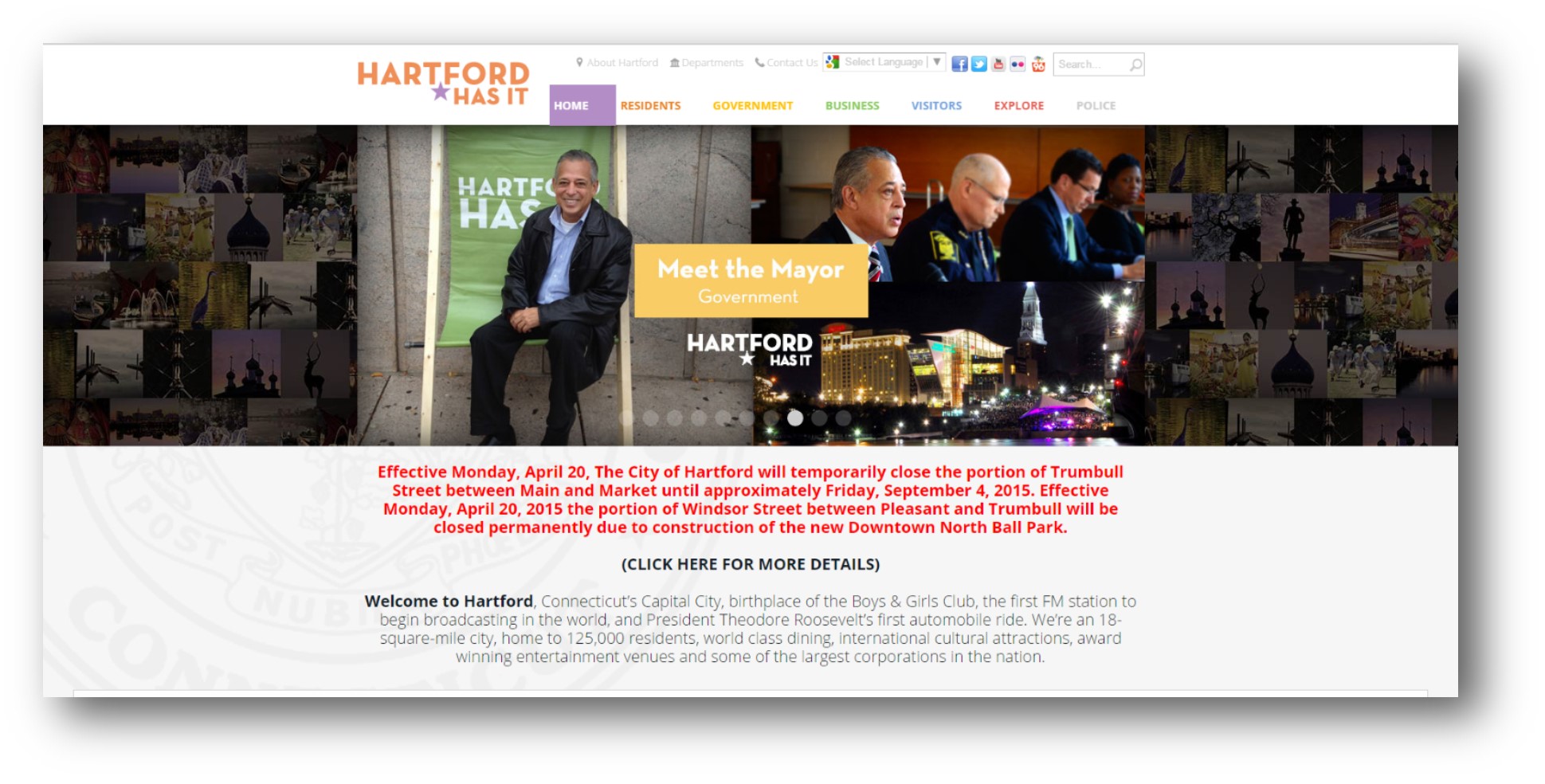
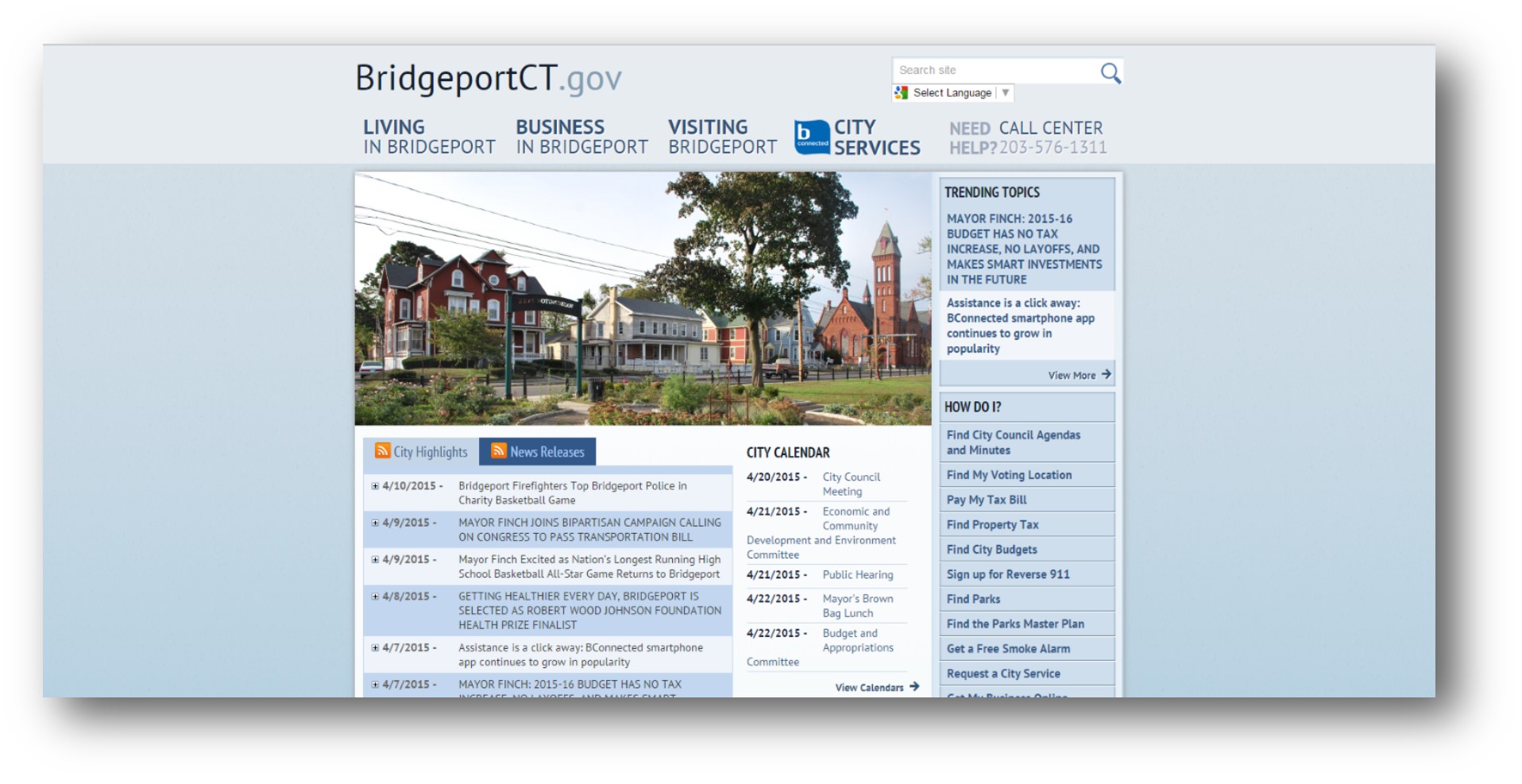
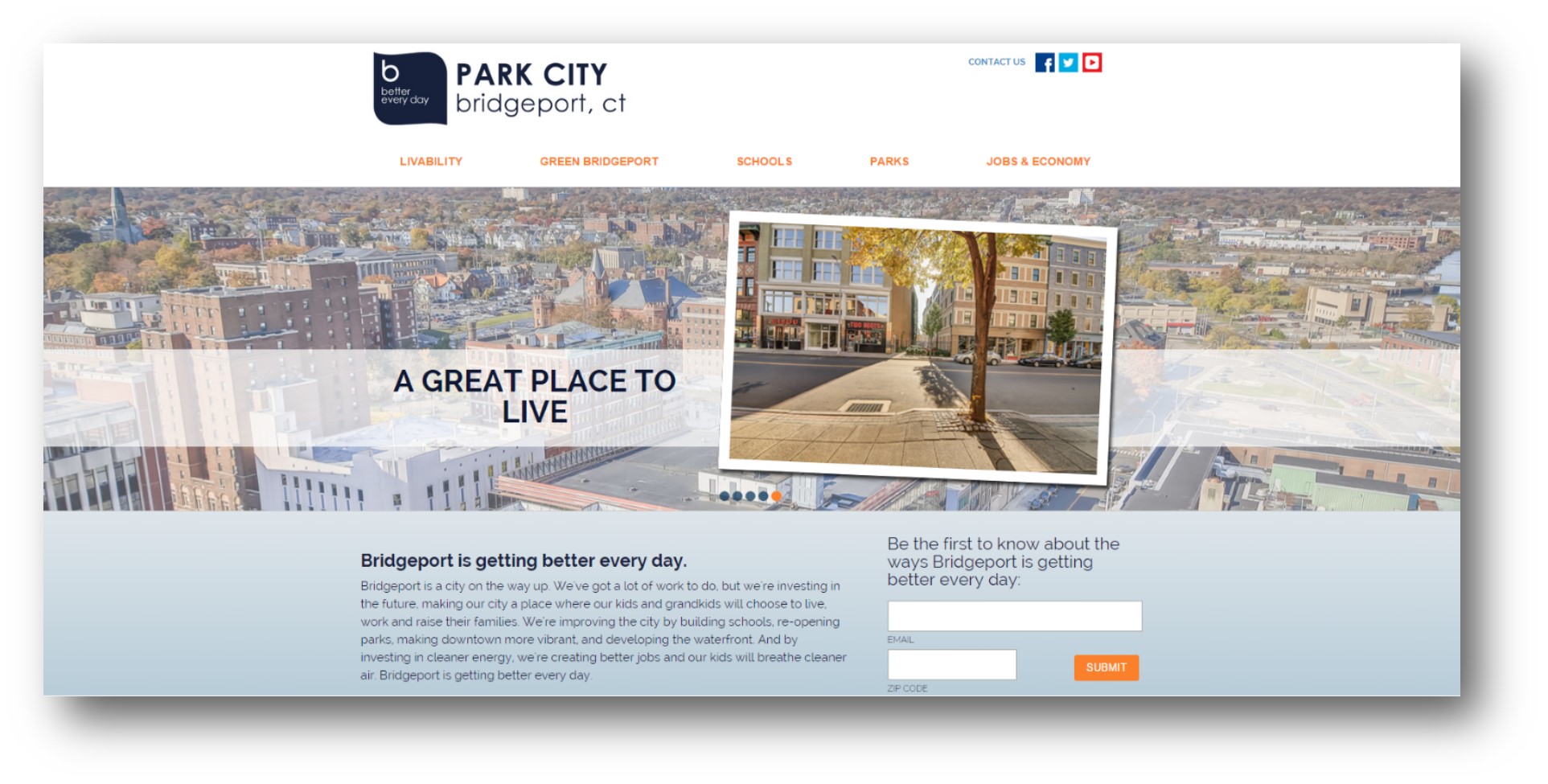
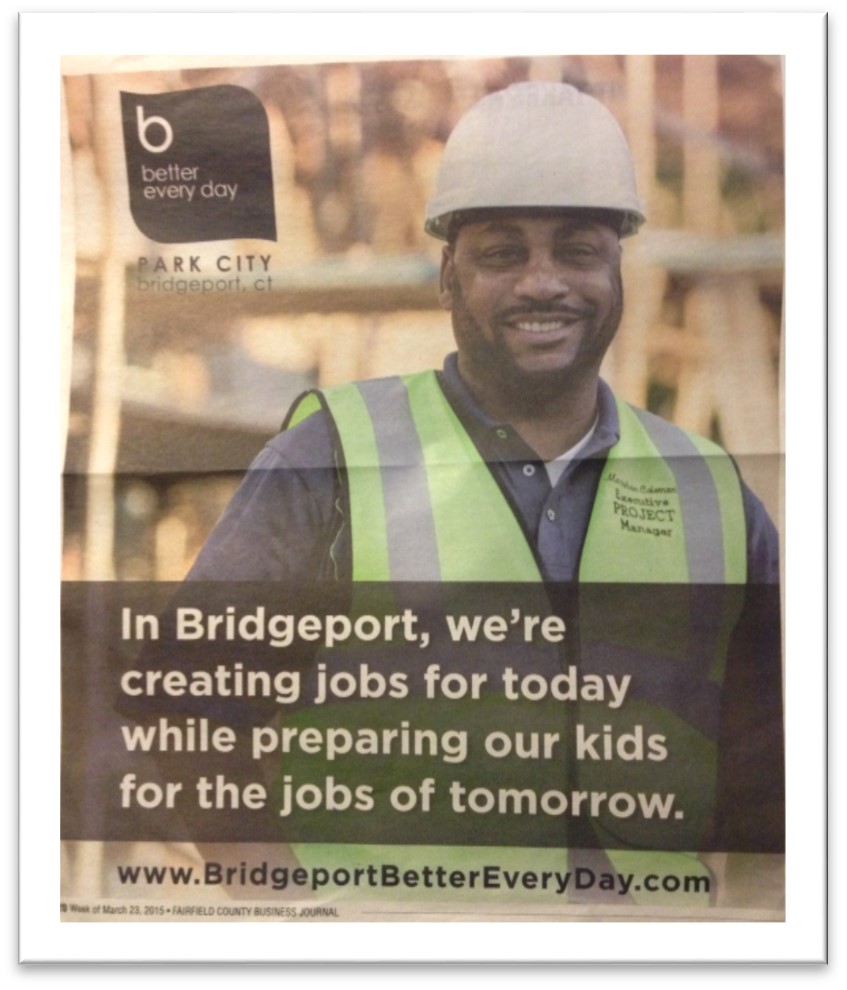
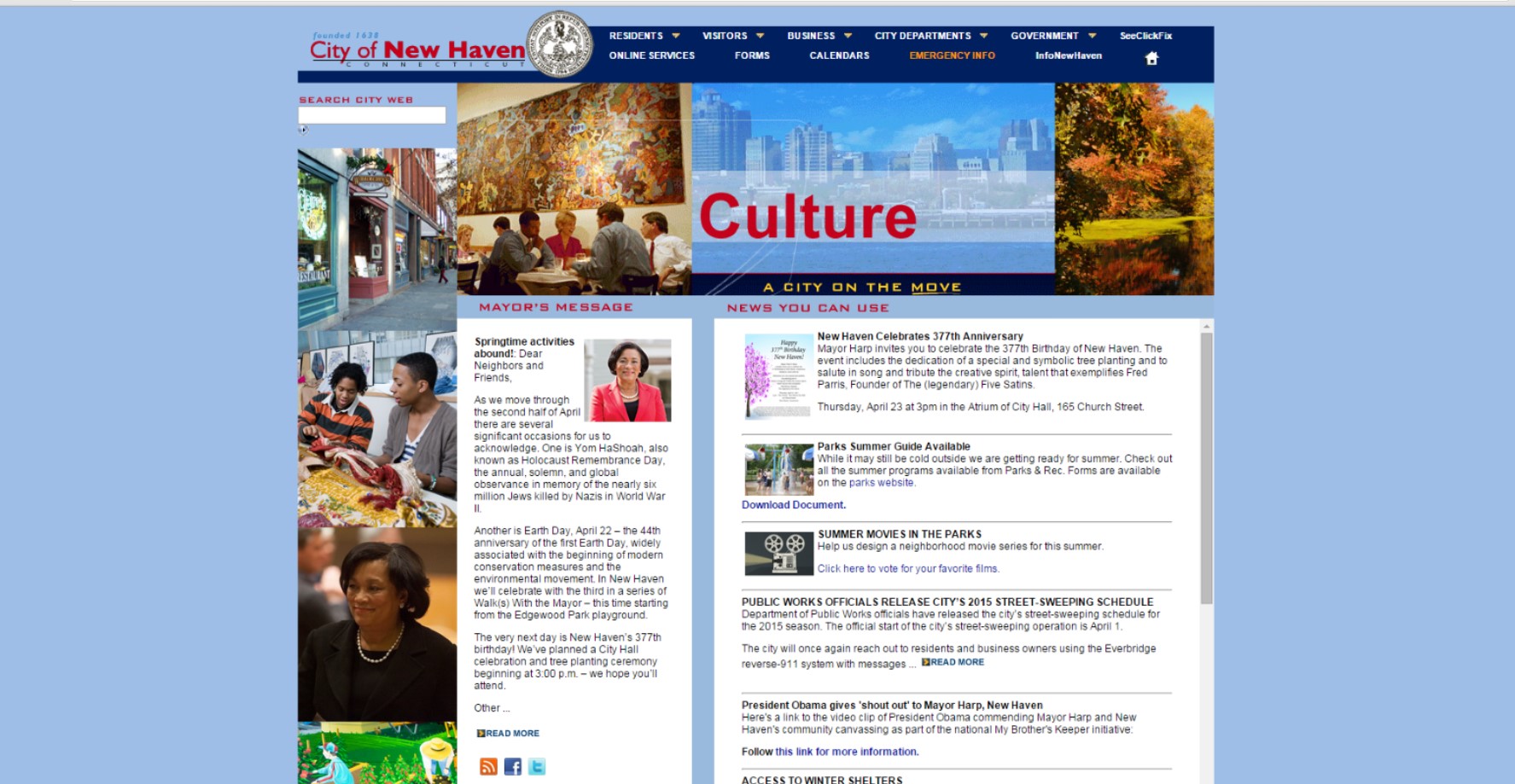

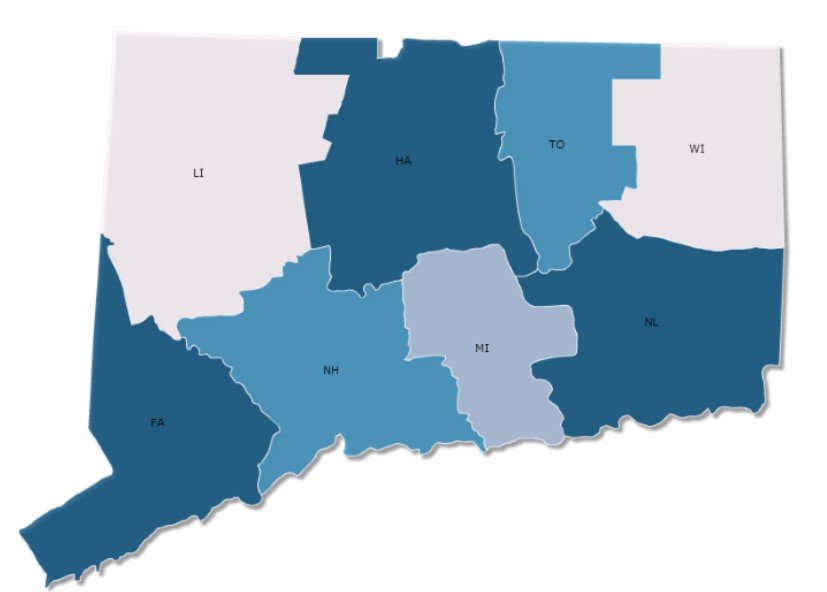
 In Meriden, students at Casimir Pulaski, John Barry, and Roger Sherman elementary schools receive an additional 100 minutes of instruction each day with technical and financial support from a public-private partnership known as the TIME Collaborative.
In Meriden, students at Casimir Pulaski, John Barry, and Roger Sherman elementary schools receive an additional 100 minutes of instruction each day with technical and financial support from a public-private partnership known as the TIME Collaborative.
 sitioning Meriden—a majority-minority district—at the forefront of a national movement to increase student achievement and well-being through longer, more enriching school days.”
sitioning Meriden—a majority-minority district—at the forefront of a national movement to increase student achievement and well-being through longer, more enriching school days.”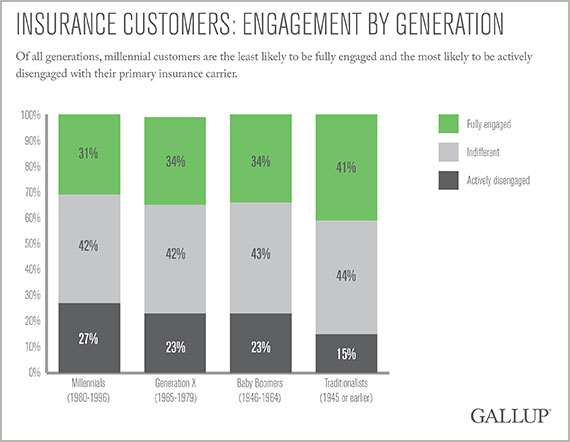

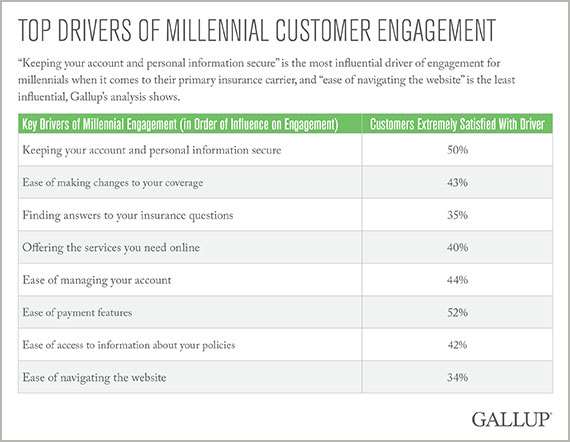 According to a study by the U.S. Public Interest Research Group, Americans are driving fewer total miles today than eight years ago, and driving fewer miles per person than we did in 1996. It is a reversal after decades of steady growth.
According to a study by the U.S. Public Interest Research Group, Americans are driving fewer total miles today than eight years ago, and driving fewer miles per person than we did in 1996. It is a reversal after decades of steady growth. st over 80 percent, according to a University of Michigan study, the website noted. If you don’t own a car, you don’t need car insurance.
st over 80 percent, according to a University of Michigan study, the website noted. If you don’t own a car, you don’t need car insurance.




 The Bridgeport-Stamford-Norwalk region ranked #5 in physical health, #43 in financial health, #58 in community ties, #63 in sense of purpose and #88 in social health.
The Bridgeport-Stamford-Norwalk region ranked #5 in physical health, #43 in financial health, #58 in community ties, #63 in sense of purpose and #88 in social health.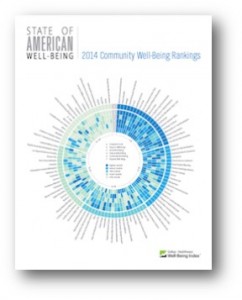
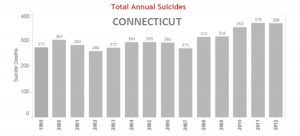 Connecticut had 368 suicides in 2012, compared with 271 in 2007, which was the lowest number in the state since 2002. Suicide is the 10th leading
Connecticut had 368 suicides in 2012, compared with 271 in 2007, which was the lowest number in the state since 2002. Suicide is the 10th leading 
 S. approximately 48 people will have a cardiac arrest event outside of the hospital. Nine out of ten people will not survive. However, if lifesaving CPR is performed, a victim’s chance of surviving can double, or even triple, according to the American Heart Association.
S. approximately 48 people will have a cardiac arrest event outside of the hospital. Nine out of ten people will not survive. However, if lifesaving CPR is performed, a victim’s chance of surviving can double, or even triple, according to the American Heart Association. national initiative.
national initiative.



























